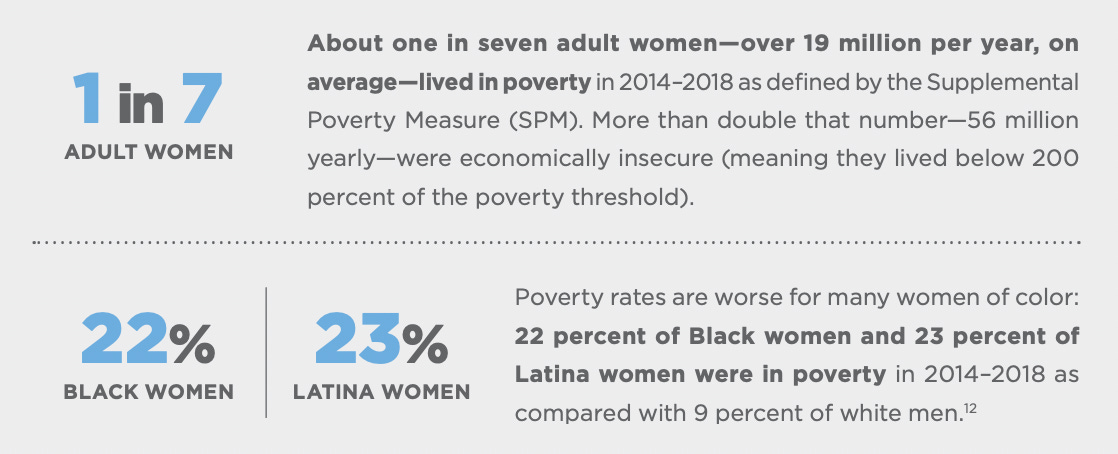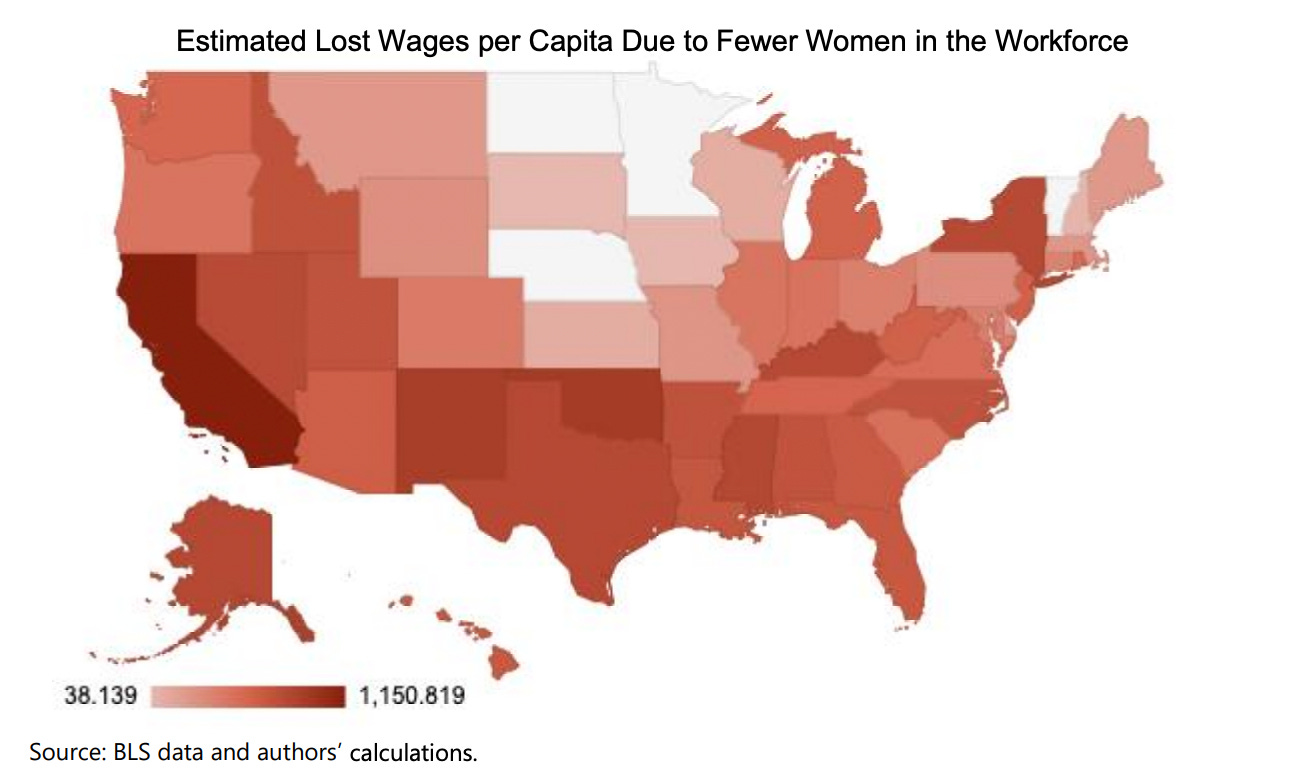We can reset our value.
Just ask Abby Wambach…and the state of New Mexico.

In February, the U.S. Soccer Federation made a truly “game-changing” announcement: they would settle in the lawsuit with the U.S. Women’s Team. This settlement has the potential to drastically alter pay equity expectations throughout the sporting community.
Better than a hat trick
The women’s team players had courageously sued their employers to be paid, if not what they were worth, at least on par with the men’s team. In the end, it wasn’t the law that mandated the Soccer Federation’s settlement. The way the system was set up, the Soccer Federation had already won its legal battle in court. The case was working through an appeal process in which the courts likely would have upheld the Soccer Federation’s right to set the rate of pay. However, the court of public sentiment had changed—and because the general public believed the women were being treated unfairly, the rules are now changing. When the Women’s soccer team advocated together and shared their stories, they changed their outcomes.

As a kid, I played soccer, and I have followed the U.S. women’s team with enthusiasm since the days of Mia Hamm and Brandi Chastain. My dad wanted to make sure his three daughters were confident and assertive team players, and, starting as a volunteer coach, he spent 15 years supporting the girl’s soccer program. He even created a new league for competitive players in our Salt Lake City suburb. We didn’t have existing systems that made it easy to participate in soccer, so he built them.
And yet, even with all his support, my community repeatedly told me that while men and women were “equal,” we had “different responsibilities and capabilities.” If I expressed frustrations or shared what I saw as problems in differences between how men and women were treated or paid, it was not because of a cultural or systemic failing; it was my failure. In patronizing tones I was told the “facts of life” were that women’s contributions on the field and in the community were just not as valuable. Fans would go to men’s games; not women’s games. Work happens in offices; not homes. The tasks most women did in my community were considered less valuable, and therefore, things were equal. And please, could I stop fighting the system and maybe smile a little more?
I bought into it. For a long, long time, I deeply believed it was wrong of me to want equity between genders. I married, had two children, and worked hard to square my beliefs with my bubbling resentment and the intermittent depression that accompanied it. I now believe the cultural systems we have in place feel safe because they are what we know. They are so omnipresent as to feel unchangeable, sometimes even un-namable. Eventually, I grew to value my own worth and to examine systems and cultural norms before accepting them.
Let’s come together
Twenty years ago, I could not have imagined that women athletes would win a petition to be paid on equal terms with their male counterparts, despite the value they bring to local youth sporting engagement or the number of victories they have on the global field. In her book Forward, Abby Wambach notes that the maximum salary for members of the women’s team, even if they won every game, was $99,000…while the lowest salary for members of the men’s team—even if they lost every game—was a base amount of $100,000. Apparently, it wasn’t just my lack of imagination. We still live in a time where inequity among athletes based on gender is the expectation and is defended by the legal and financial systems as the norm.
Never mind the fact that in 2017 alone, the U.S. women’s team generated $17 million in revenue—that in recent years women’s soccer in the U.S. has generated more revenue than men’s soccer. Players, fans, and eventually public sentiment recognized value needed to be returned to the women players in the form of better compensation. The U.S. women’s soccer team rallied public support and set the conditions to catalyze policy and legal changes to our athletic systems. The New York Times states that this settlement “could funnel millions of dollars to a new generation of women’s national team players.” When the American women soccer players spoke up and demanded to be compensated for their true value, the beliefs about what constitutes value in the United States changed. The Federation's policies were compelled to follow. Perhaps one day, the legal system will, too.
After the settlement was announced, I found myself asking, “If women in soccer can recognize their value and win in the court of public sentiment, where else might women band together to be valued for their contributions?” Could our social norms about benevolent and virtuous women as caretakers be re-written—and by doing so, could we change our corporate and national policies around homemaking and caregiving?
Who will lead the Homemaking Revolution?
If I could change only one thing in our cultural system, I would re-value the work that happens in the care economy, starting with the least visible work that happens largely within homes. The term “homemaker” itself is largely an American and Canadian construct dating back to 1861 and is generally used to describe women performing tasks to care for their homes and families. For over a century, and during the Industrial Revolution, while America experienced rapid urbanization, this idea that a woman would remain at home, at no cost, to do work that enabled her husband and family to operate successfully in society has been a bedrock ideal on which all modern American systems of economics and politics are predicated. In the 1970s, white women finally entered the workforce in large numbers and began vying for professions held more traditionally by white men. Working mothers were fighting for professional careers—with a social backlash that required them to prove that they could perform their duties at home, fulfilling their historically “free labor” tasks, before taking on work outside the home.

To me, it feels like the ultimate scam. Women were tolerated in the workforce…if they first managed to perform all the duties at home for their families. Women who want to “have it all” have learned it more accurately requires a willingness to “do it all.” It is an exhausting social contract that most women never overtly agreed to. I often hear the argument that if you “choose to have children,” you have chosen this lifestyle, and yet, men also choose to have children and are not held to the same “motherhood mandate” of relentless “second shift” duties when returning home from work.
What else might change if society valued the work of maintaining a home and the physical care and feeding of other humans?
- If our willingness to pay for these services changed, and we fixed our policies accordingly, might we also see fewer women and children living in poverty?
- Can a broader demographic of Americans begin accumulating wealth or investing in the stock market?
- If women had stronger support for the day-to-day care and feeding of people in their homes, would the pay gap shrink?
- Would creating national laws for maternal and paternal leave allow more men and women to participate fully in the workforce?"
These changes would be better for society at large, not to mention more reflective of an inclusive society where we know that a quarter of parents are single and by necessity managing both careers and homemaking obligations.
Systems of care are broken across the United States. America is one of the most affluent countries in the world, and yet we lack the basic infrastructures to support paid and unpaid homemakers and caretakers. At the end of a pay period, their labor-intensive and socially valuable care contributions are not compensated with decent living wages.

How do we start?
The lack of care policies also disproportionately impacts women of color because they are less likely to have affordable care options. The National Women’s Law Center reports that families of color, families with low-incomes, and families where the breadwinner has an associate degree or less need access to critical income during childraising years. The existing limits to care options makes these populations and their children particularly vulnerable to conditions of poverty. The challenge that reaches well beyond the responsibility of any individual and costs our entire economy billions of dollars. According to data from the National Partnership for Women and Families, it costs the United States $3 trillion over a 5-year period when women lack the childcare resources necessary to contribute to the labor economy.
The graph below, also from the National Partnership for Women and Families, shows the state-by-state economic impact to underscore just how much states would benefit from having more pro-family policies designed to enable more women between the ages of 25 and 54 to hold jobs while raising children.

That brings us to New Mexico, which is the first state to act on this information. State officials recently announced that starting this month (May 2022), New Mexico will cover the cost of childcare for most residents through June 2023. This is a tremendous win for parents, children, and businesses alike. Done right, it will also open up stable job opportunities for hundreds of people, especially women, in the care economy.
In covering childcare for families that make up to 400% of the poverty line, New Mexico’s program is the first of its kind in the U.S. Other states should take notice. It has the potential to bring more women into the labor force, reducing lost wages and, like the U.S. women’s soccer team did, finally starting to level the playing field.
This is real work
Problems of equality in the workforce run deep, but there are ways to challenge them—starting with the court of public opinion and moving to tangible investments to secure financial equity for women across America’s wide and varied demographics.
As a society, we could put pressure on governments and business leaders to reform investment strategies and build companies that solve our most pressing care challenges. We need teams of parents, including women and their allies, to re-imagine our care economy and the forgotten and un/undervalued work of homemaking.
As individuals, we can begin by honestly evaluating the wages we pay for care and considering how they compare to livable wage calculations. We can also support policy and activist groups that are leading efforts to revalue care, such as the National Domestic Workers Alliance. This is one of my favorite organizations to donate to, and if you are looking for one small way to get involved, this is a great place to start.
Later this week, I’ll dive deeper into how we can drive improvement at all levels, from gig workers to the boardroom and beyond. We can’t all play for the U.S. women’s soccer team…but we can follow their example and advocate for the recognition of “women’s work.”
